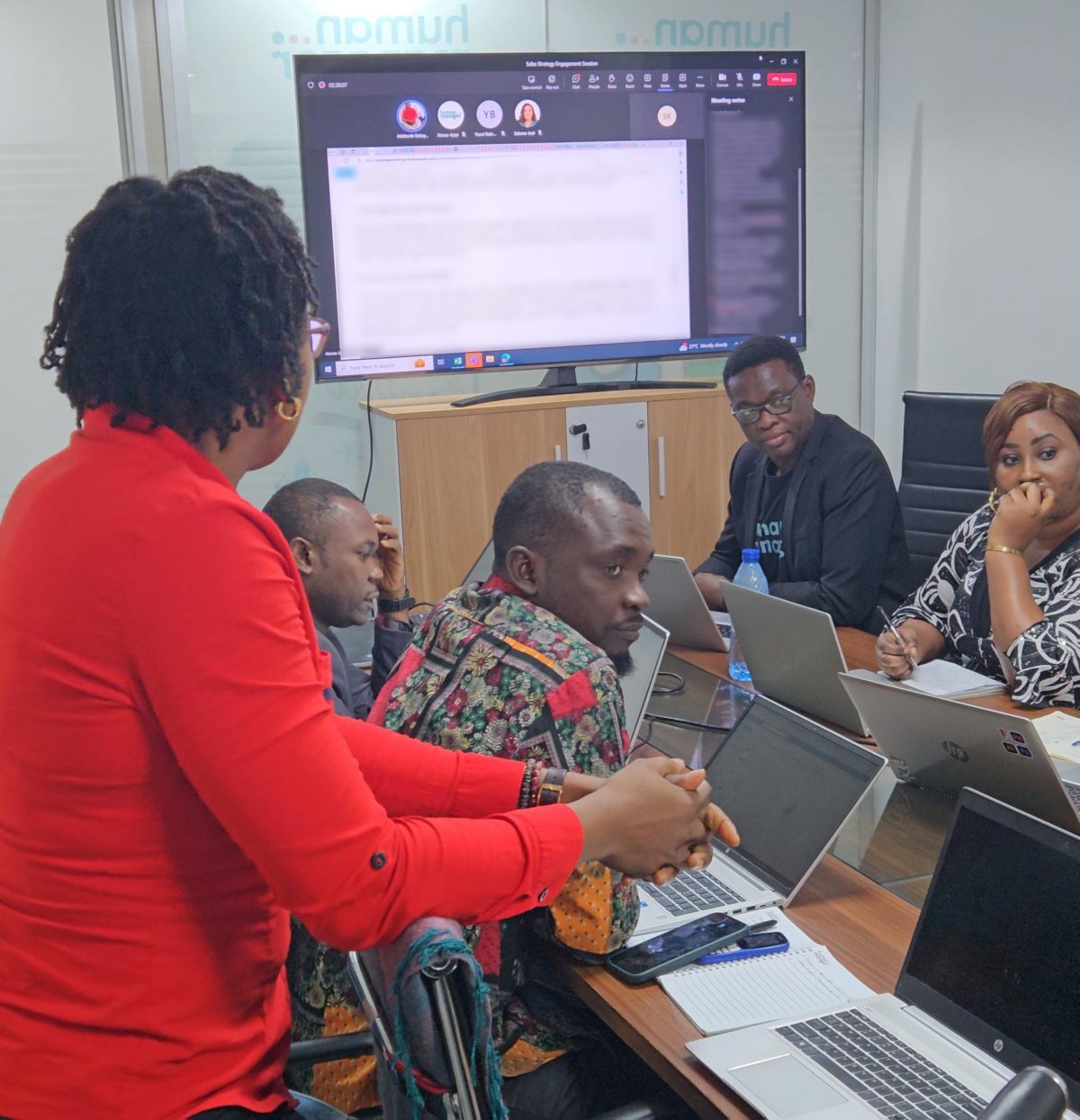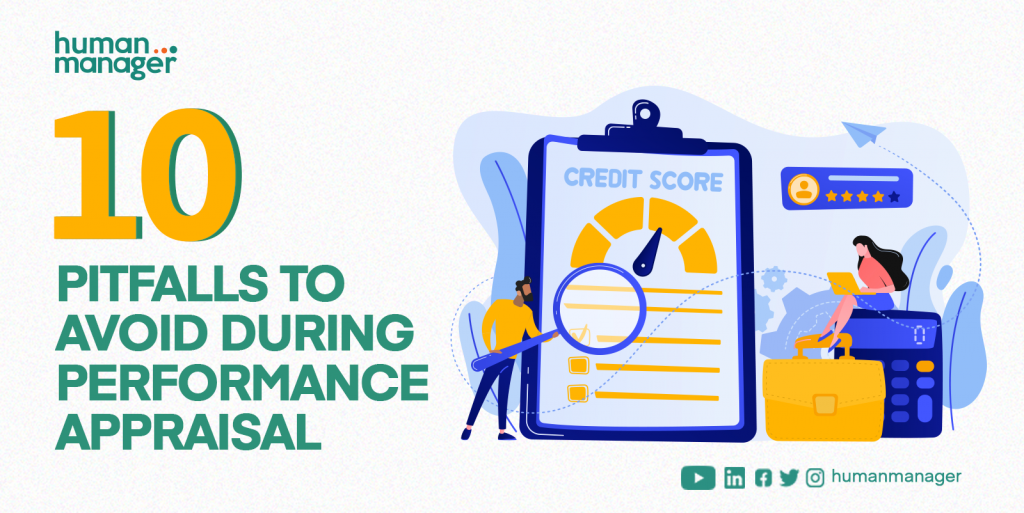By Aisosa Ajayi
It’s the start of a business year, and you need the right operational tools to scale. These tools include adopting flexible and tailor-made human resource technology that will significantly impact your organisation’s efficiency and effectiveness.
With a plethora of options in the market, it is essential to carefully consider critical features that make the selected Human Resources Information System (HRIS) the best fit for your company. In this article, we have dissected the key factors to consider.
1. Automation
An HRIS’s primary advantage lies in its ability to automate manual processes, enhance efficiency and minimise errors. Choose a solution which incorporates features such as an automated workflow on HR processes and employee self-service functionalities. These features contribute to a seamless and error-free workflow.
For instance, HumanManager helps you automate all processes from employee entry to exit which gives you the time to focus on strategic business growth.
2. Integration
Efficient integration with new and existing software is crucial for a streamlined workflow. Choose an HRIS that can be integrated with other employee management solutions, including payroll, time and attendance, and benefits management. This integration ensures a cohesive data flow, eliminating the need for manual data entry and reducing the chances of errors.
3. Reporting
Robust reporting capabilities are essential for gaining insights into various HR metrics and empower you to make informed decisions. Your chosen HRIS should offer customisable reporting features, allowing you to generate real-time data such as employee turnover and headcount.
4. Compliance
Compliance with all extant laws in your area of jurisdiction is non-negotiable for any human resources management system. Choose a solution that provides features such as automatic updates on HR policies, compliance tracking, and other tools that support adherence to legal requirements. Being compliant safeguards your organisation and fosters a culture of trust among all stakeholders.
5. Employee Self-Service
Enhance your overall employee experience with self-service features that foster engagement and reduce the workload on the HR team. An effective HRIS should offer a robust self-service module allowing employees to update their personal information (document uploads, profile update, with little or no paperwork) as well as access data on salary reports, benefits, and lots more.
6. User-Friendly Interface
How user-friendly is the HRIS interface for your HR managers and employees?
Choose a system with an intuitive, user-friendly interface that facilitates easy navigation. A good interface promotes adoption across the firm, ensure that all users can leverage the system’s functionalities without extensive training.
Selecting the best HRIS requires a thoughtful analysis of factors that align with your organisation’s specific needs. By prioritising automation, integration, reporting, compliance, employee self-service, and a user-friendly interface, you can identify an HRIS that not only streamlines HR processes but also contributes to the overall success of your firm.
Look beyond the popularity of the software and invest time in understanding your unique business requirements before selecting the best fit solution. Want to scale your business and give your employees the ease that they deserve? Visit www.humanmanager.net for more information or send an email to [email protected]

